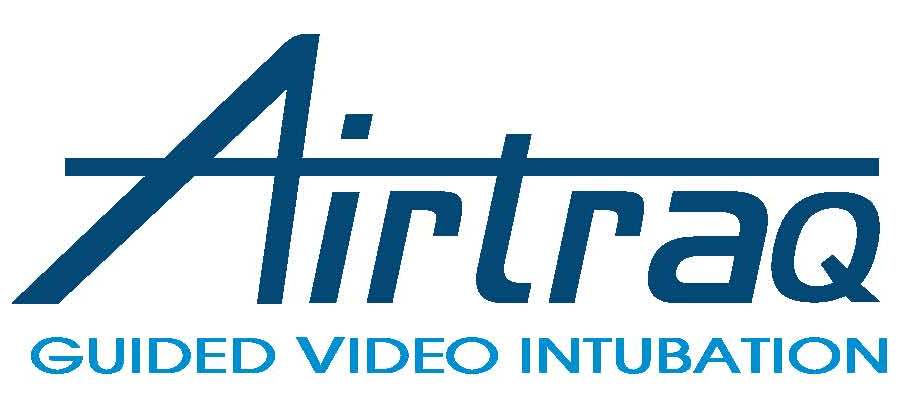This article is sponsored by Airtraq. 

 Fla., and Richard E. Galgon, MD, MS, Assistant Professor in the Department of Anesthesiology at the University of Wisconsin School of Medicine and Public Health in Madison.
Fla., and Richard E. Galgon, MD, MS, Assistant Professor in the Department of Anesthesiology at the University of Wisconsin School of Medicine and Public Health in Madison.
1. Increased patient base. Since video laryngoscopy systems allow for easier intubation in more complicated cases, ambulatory surgery centers can increase their patient base.
"The use and availability of these technologies is expanding rapidly, and they are easy for anesthesia providers to accept fairly quickly," says Dr. Galgon. "They allow us to safely management more patients, such as those who might otherwise require fiberoptic intubation or have features that might suggest a moderately difficult airway to manage. That translates into an increased customer base from a business perspective."
2. Improved success rate. Clinical studies show that video laryngoscopy improves intubation success rate. "We have seen these devices increase success rate and make life easier," says Dr. Urdaneta. "Anesthesia providers who trained in a previous era may not see the need to use new equipment, but for those of us who have seen it, the advantages are significant enough for us to make the switch."
However, even seasoned veterans are now looking to make the switch. One colleague of Dr. Urdaneta's with more than 25 years of experience in anesthesia was introduced to indirect laryngoscopy with significant results. "He came to me and said that in all his life experience, very few things made a change in the way he saw intubation being taken care with indirect larygnoscopy."
3. Less trauma for all patients. Video laryngoscopy has significant advantages for treating more complicated cases, but also benefits average patients with less trauma and quicker intubation times.
"New technology allows us to make intubation easier with less trauma for the patient," says Dr. Urdaneta. "This technology helps us intubate patients faster and improve the overall efficiency at the center."
4. Short learning curve. When compared with other techniques such as bronchoscopy, the video and optical laryngoscopy systems have relatively short learning curves, which allow anesthesia professionals to make the switch quickly.
"Today’s video and optical laryngoscopy systems are easy to use," says Dr. Galgon. "They give us a technical advantage with a short learning curve when compared to the use of traditional direct laryngoscopes. As competition grows, these devices will improve through optimization, become less expensive, widely available, and easier for more anesthesia providers to use."
5. Acquisition costs are reasonable. Financial barriers have kept video laryngoscopy technologies out of the ASC in the past, but prices are coming down as the technology becomes more widespread.
"The maximum outlay for a video or optical laryngoscopy system today shouldn't exceed about $12,000 for the capital purchase, and several systems can certainly be introduced for much less," says Dr. Galgon. "Disposables and maintenance costs are reasonable as well depending on the system you use. Further, there is a relatively short learning curve, and most experienced providers should pick up on the subtleties of the systems fairly quickly."
More Articles on Surgery Centers:
5 Best Practices for Managing Leadership Transitions in ASCs
6 ASC Administrators on How Their Surgery Centers are Responding to Healthcare Reform
13 ASC Administrator Presidents of States Societies

